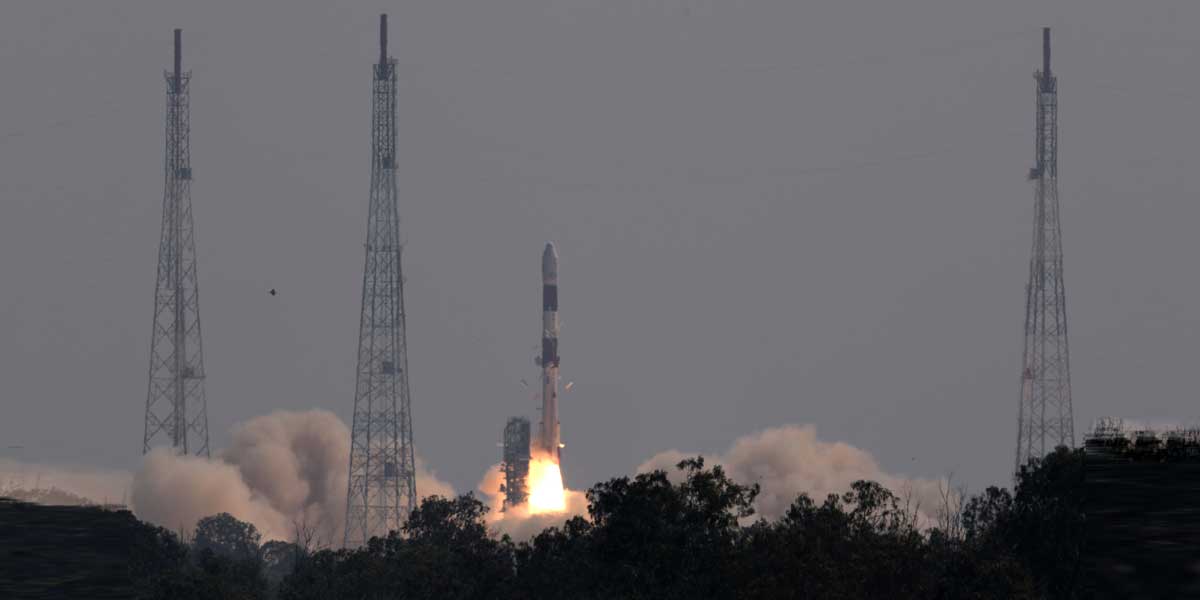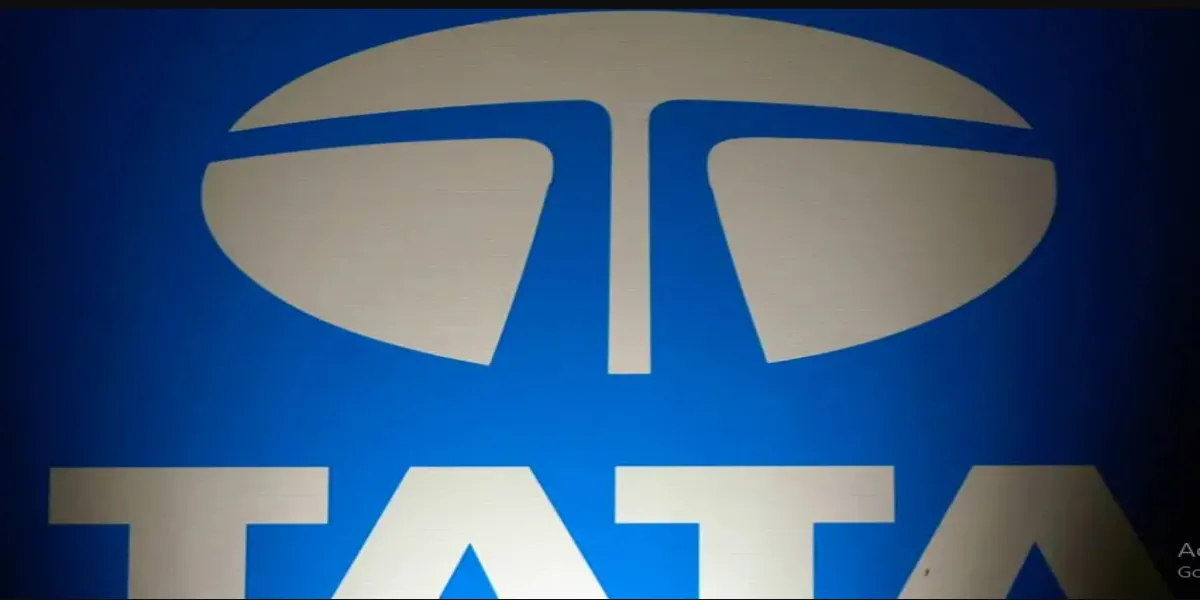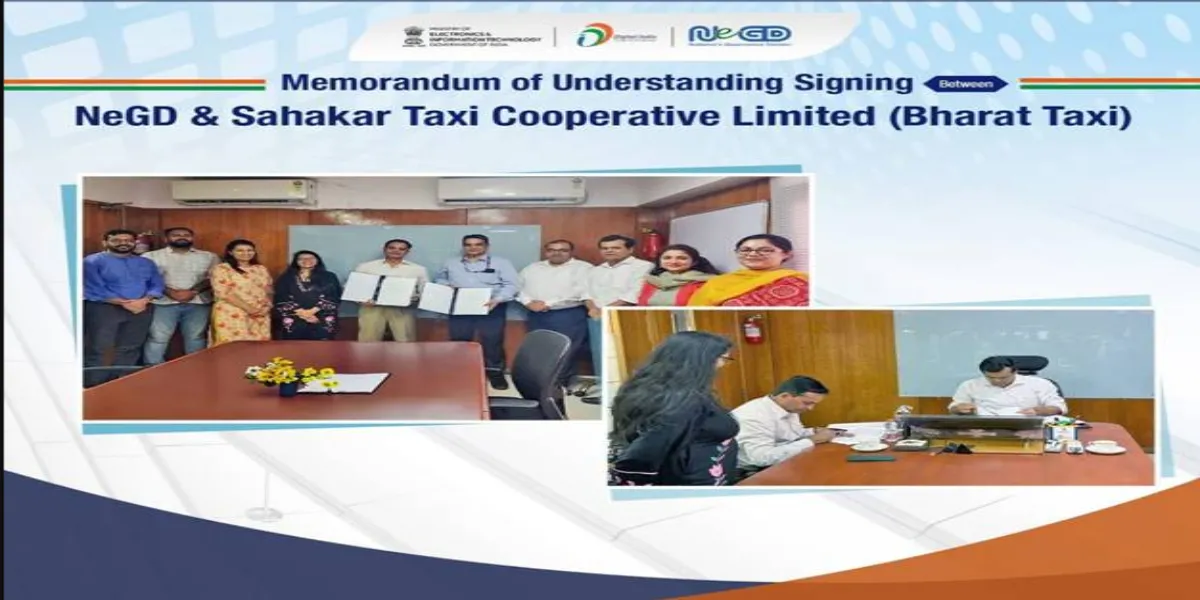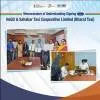Eight months after India approved extensive reforms in the space sector, India’s Polar Satellite Launch Vehicle (PSLV)-C51 successfully launched Brazil’s Amazonia-1 along with 18 co-passenger satellites on February 28 from Satish Dhawan Space Centre SHAR, Sriharikota, off the coast of Andhra Pradesh.
This was the first dedicated commercial launch by the Indian Space Research Organisation (ISRO)’s commercial arm, NewSpace India Ltd (NSIL) after the public sector entity was formed in March last year.
PSLV-C51 lifted off from the first launch pad of SDSC SHAR at 1024 hours (IST) as planned. After a flight of about 17 minutes, the vehicle injected Amazonia-1 into its intended orbit and in the subsequent 1 hour 38 minutes, all the co-passenger satellites successfully separated from the PSLV in a predetermined sequence.
Following the success of the mission, Prime Minister Narendra Modi tweeted to Brazilian President, Jair Bolsonaro, “Congratulations President @jairbolsonaro on the successful launch of Brazil's Amazonia-1 satellite by PSLV-C51. This is a historic moment in our space cooperation and my felicitations to the scientists of Brazil.”
“Hugs from Brazil, Prime Minister!,” responded Bolsanaro.
Congratulating team ISRO for the precise injection of Amazonia-1 and co-passenger satellites, the national space agency’s Chairman Dr. K Sivan said “India and ISRO feel extremely proud and honoured to launch the first satellite designed, integrated and operated by Brazil. Hearty congratulations to the Brazilian team for this achievement!’’
Commending ISRO for the successful launch, Minister of Science, Technology and Innovation, Brazil, Marcos Pontes, remarked, “Amazonia-1 is an important mission for Brazil, which also marks the beginning of a new era for satellite development in the country.”
Underlining the importance of the partnership between India and Brazil, he said the South American nation looked forward to further strengthening ties with India. Attesting to India’s rise as a space launch services powerhouse, minister Pontes also sought the country’s support in helping Brazil to procure material and systems for its launch vehicle programme.
Narayanan G, Chairman and Managing Director, NSIL thanked INPE, Brazil for reposing their faith in ISRO and NSIL’s strength and the US-based geospatial intelligence services firm, Spaceflight Inc., for facilitating the mission.
“I also thank team ISRO and DOS for their clockwork precision,” added Narayanan.
Amazonia-1 is the optical earth observation satellite of Instituto Nacional de Pesquisas Espaciais (INPE) or Brazil’s national institute for space research. The satellite will provide remote sensing data to users for monitoring deforestation in the tropical Amazon rainforest region as well as analyse diversified agriculture across the Brazilian territory.
Fruition of Space Reforms
The 18 co-passenger satellites onboard PSLV-C51 included 4 from IN-SPACe and 14 from NSIL. The 14 satellites from NSIL carried were the commercial satellites from India (1) and the US (13).
Of the 4 satellites from IN-SPACe, 3 were UNITYsats designed and built as a joint development by Jeppiaar Institute of Technology, Sriperumbudur, GH Raisoni College of Engineering, Nagpur, and Sri Shakti Institute of Engineering and Technology, Coimbatore, and one was Satish Dhawan Sat (SDSAT) from Space Kidz India.
Dr. Sivan appreciated the efforts of the teams in building the satellites. “These satellites were the fruition of the new space reforms announced by the Government of India wherein ISRO promoted and handheld the teams. I’m very sure this mission will enthuse other academic institutions and industries to build satellites,” he said.
PSLV-C51 is the 53rd flight of PSLV and the third flight of PSLV in ‘DL’ configuration with two side boosters. This was the 78th launch vehicle mission from SDSC SHAR, Sriharikota. With this launch, PSLV has successfully placed a total of 342 customer satellites from 34 countries in orbit.
According to a report by New York-based financial services company Morgan Stanley, “the global space industry could generate revenue of more than $1 trillion or more in 2040, up from $350 billion, currently.”
This is an opportunity that offers humongous possibilities for growth. For instance, ISRO earned over Rs 1.245 billion by launching satellites from 26 different nations in the five years from 2014-19. The space agency’s foreign exchange earnings were Rs 916.3 million in FY 2018-19.
The reforms endorsed by the Union Cabinet are aimed at boosting private sector participation in the entire range of space activities to further consolidate the country’s position in the area of space exploration. India is among a handful of countries with advanced capabilities in the space sector. With these reforms, the sector will receive new energy and dynamism, to help the country leapfrog to the next stage of space activities.
The newly created Indian National Space Promotion and Authorisation Centre (IN-SPACe) will provide a level playing field for private companies to use Indian space infrastructure. It will also hand-hold, promote and guide the private industries in space activities through encouraging policies and a friendly regulatory environment.
For its part, NSIL endeavours to re-orient space activities from a supply-driven model to a demand-driven model, thereby ensuring optimum utilisation of the country’s space assets.
These reforms will allow the Indian Space Research Organisation (ISRO) to focus more on research and development activities, new technologies, exploration missions and human spaceflight programmes. Some of the planetary exploration missions will also be opened up to the private sector through an ‘announcement of opportunity’ mechanism.
India proposes to send a three-member crew to space for a week by 2022-23 as part of its Rs 100 billion Gaganyaan mission.
Then there is also a strong buzz that the next SpaceX might be from India with several homegrown space technology startups working on dynamic yet cost-effective solutions in areas as diverse such as rockets, satellites and components and technology applications. Leading global and Indian venture capital firms are either already invested or have evinced interest in private firms like Skyroot, Dhruva Space, Agnikul, Astrome, Bellatrix, Vesta Space, Pixxel and Kawa Space.
- MANISH PANT




















